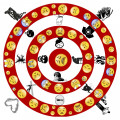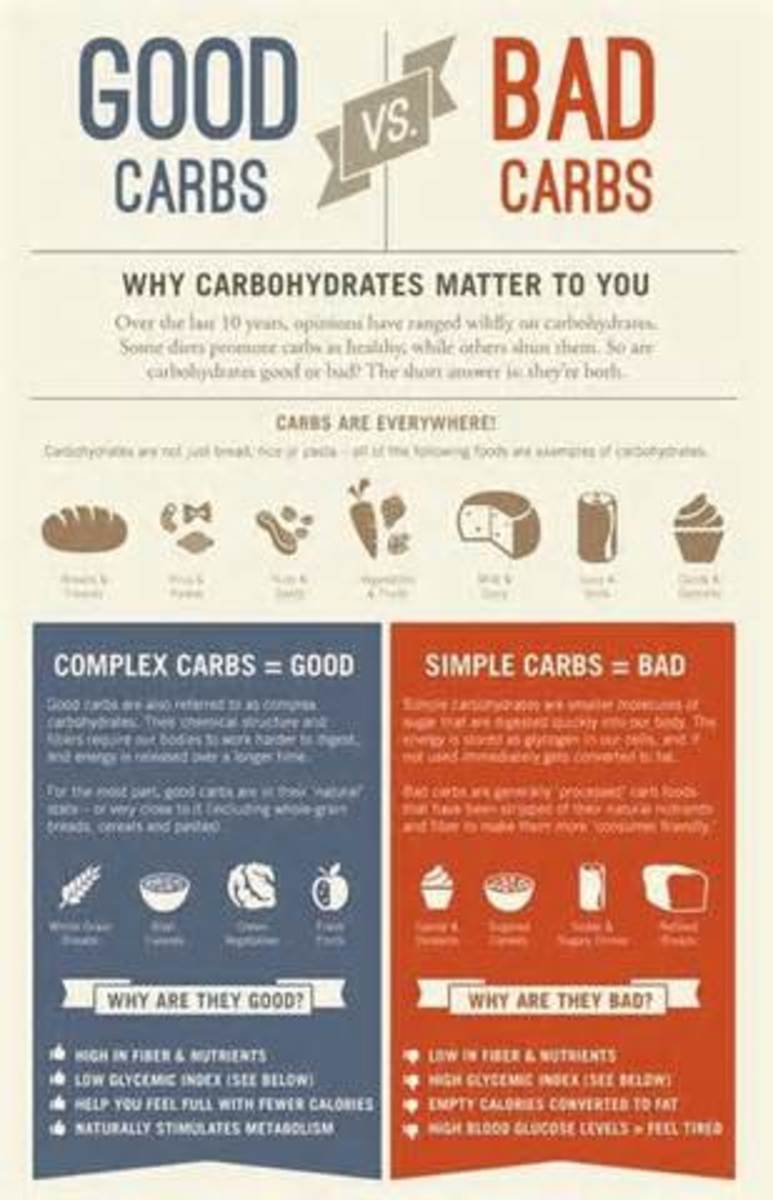Tips for Controlling Emotional Eating

Many of us will at some point have occasion to "feed our feelings." In fact, in our society we typically eat for everything. We eat to celebrate. We eat to grieve. We eat when we are sad, bored, hungry, or happy. Too often food fills far more than our stomachs. It is used to satisfy feeling and to fill in the voids of our lives. When we resort to eating in this way it is called emotional or psychological eating and it is far too common today. It is so common, in fact, that we have developed a whole category for meals which we call "comfort food." These are quite often the go to meals when we use food to generate good feelings.
What is Emotional Eating?
Emotional eating involves eating for any reason other than hunger and sustenance. It is brought on by an emotional trigger as oppose to an actual physical sense of hunger. Emotional eating may make of feel better at first, but it the long run it often leaves behind feelings of guilt and even shame. Emotional eating goes beyond our needs. It often comes on suddenly and demands instant gratification. If you are eating due to an emotional need, feeling full is not a factor. Emotional eaters often continue to eat even after they are physically satisfied.

Recognizing Emotional Eating: Am I An Emotional Eater?
If you are taking the time to ask yourself if you are an emotional eater, then the answer is probably yes. In fact, everyone is an emotional eater to some extent. For many of us, emotional eating started in childhood and will continue for the rest of our lives. Our parents may have used treats to cheer us up when you were down. Every celebration more than likely came with a special dinner or cake. In this way, most of us learned to deal with our emotions with food. We use food to push away negative feelings and to somehow enhance the positive ones. Food provides us with relief, reward, and distraction. This may sound harmless but it can quickly become a real problem if the habit is too strong.
Recognizing that you are an emotional eater is the first step to stopping the behavior. Ask youself: how do I deal with anger, frustration, and stress? Do I find comfort in food? When I'm lonely or disappointed do I reach for something salty or sweet? Do I constantly diet but never seem to lose weight? Do I eat even when I am not hungry? If you answer yes to any of these questions then you just may be an emotional eater.
Tips For Controlling Emotional Eating
The comfort found in emotional eating is often fleeting and the consequences can be dire. Emotional eating does not resolve any of the issues that created the emotions. It can lead to obesity, emotional instability, and many other health problems. Here are some tips to help you manage your emotional eating, including some practical steps you can take.
1. Keep a food journal. This is a great way to determine if you are an emotional eater. It is also a great way to see what triggers your eating. Write down what you ate as well as what you were thinking at that time. Was eating brought on by stress or conflict? Right down whether you were hungry or not and if you tried to do something other than eating.
2. Explore and deal with feelings. Find ways to deal with feelings such as anger or depression. Your feelings are indicators of something happening in your life. Work to resolve the problems and stress.
3. Make a list of things you can do other than eat. Keeping a list handy of things you can do is a great way to resist the urge to resort to emotional eating.
4.Stick with the healthier alternatives. If you find that completely resisting the urge to eat is a bit too challenging, try healthy alternatives instead of junk food. Another option is to practice portion control. Allow yourself a bit of comfort food but keep the portion size small. Some even finding dividing snacks into to individual servicing sizes ahead of time is helpful to maintaining the correct portion.
Remember, emotional eating is something most people do at some point in their lives. There is no need to beat yourself up about it. Instead, take control of your eating habits and do better next time. Moderation is always the key to a healthy diet.








